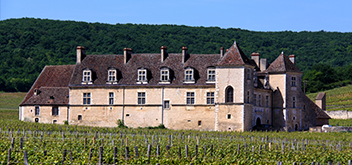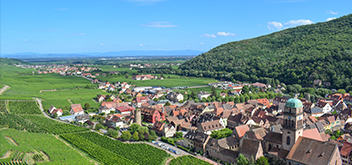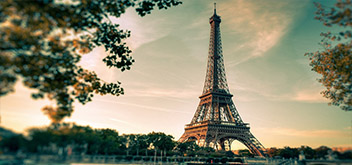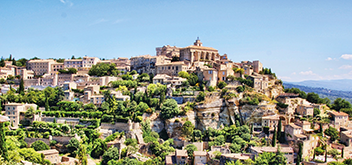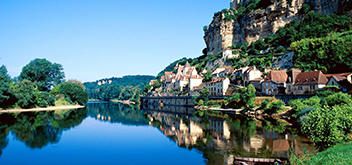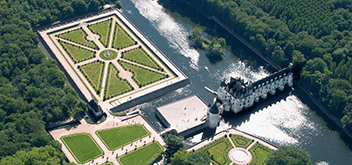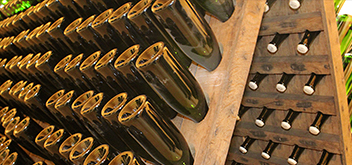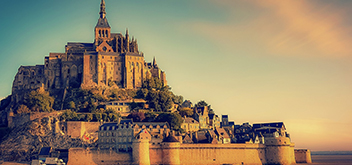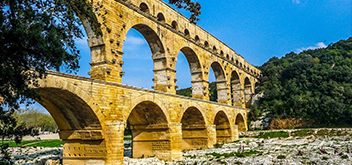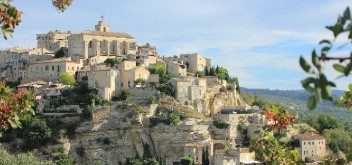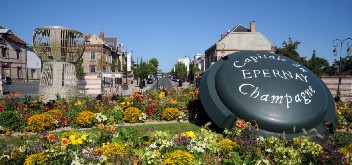No products
History of Burgundy wines
Roman times
There had been wild vines in the Burgundy region before the Christian era. Roman legionaries coming from wine making regions of Italy would bring to the Eduens (Celts living in Burgundy) their experience of vine growing and vinification. From the First century, deforestation of the slopes and grape variety selection enable the extension of the vineyard and the creation of wines proper to that region. In 570 Gregoire de Tours wrote there was no preferable wine to the wine coming from Burgundy, that it was like a noble Falernian (a famous wine coming from Italy).
Burgondes
Near 456, the Burgondes (the name Burgundy comes from the word Burgondes) arrived in the region. Migratory people coming from Asian plains, they were in Norway near 900 BC, then Sweden, then Germany, Switzerland. They moved the romans out of the south east of the Gaulle and were defeated by the Francs in 534. However, they marked the mentality and the customs of the Burgundy region.
Monasteries in Burgundy
During the middle ages, gifts to churches, convents and abbeys lead to the creation of great religious domains sometimes as large as the princes’ or even larger. The two most important religious orders are the Abbey of Cluny, founded in 910 and the monastery of Citeaux, founded in 1098. The Cistercians created the famous Clos de Vougeot and its castle in 1336. The spiritual and material influence was huge. Cluny owned 2000 branches and Citeaux more than 3000. We can say that the current Burgundy vineyard and wines are as the monks established it. Wine was used for mass. It was a welcome drink to the guest of the abbey. It was a source of profit for the abbey when sold by the monks. And wine was simply the drinkable water of the time.
Dukes of Burgundy
The Fourteenth and Fifteenth centuries brought great prosperity thanks to the Dukes of Burgundy: Philippe le Hardi, Jean sans Peur, Philippe le Bon, Charles le Téméraire. From 1364 to 1477, these four dukes brought so much power to their duchy as to scare French and European princes. At the death of Charles le Téméraire, their domination extended to Framche Comté (Bezançon), a big part of Holland, of Belgium, of Luxembourg, of Alsace, Nevers, Artois and Picardie. They took great care of their wines and being offered Burgundy wines was considered a great gift.
XVII and XVIII centuries
The vineyard kept on growing as greater liberties were granted to Bourgeois first and vintners next. Vines were not anymore the only property of nobles or the clergy. The presence of Burgundy wine at the king’s table in Versailles did make it even more famous. Moreover Burgundy wines were prescribed to Louis XIV for his good health. The sales of the clergy’s and nobility’s estates lead to the divisions of the properties which is the characteristics of the Burgundy vineyard today. The Burgundy vineyard is three times smaller than the Bordeaux vineyard but has twice more wine makers.v


